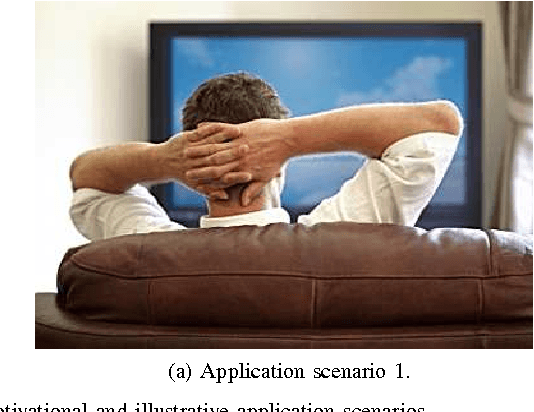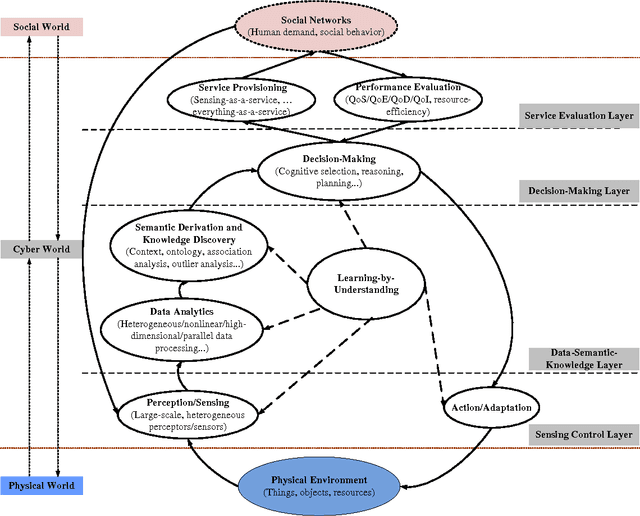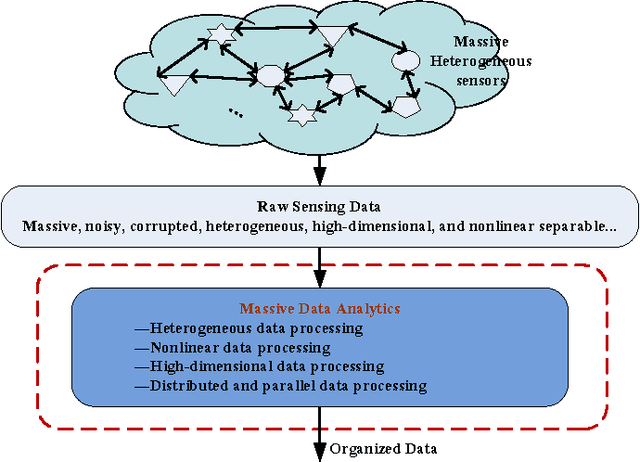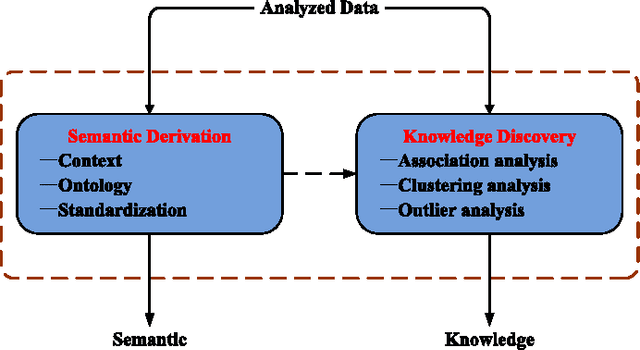Zhiyong Du
Green Deep Reinforcement Learning for Radio Resource Management: Architecture, Algorithm Compression and Challenge
Oct 11, 2019



Abstract:AI heralds a step-change in the performance and capability of wireless networks and other critical infrastructures. However, it may also cause irreversible environmental damage due to their high energy consumption. Here, we address this challenge in the context of 5G and beyond, where there is a complexity explosion in radio resource management (RRM). On the one hand, deep reinforcement learning (DRL) provides a powerful tool for scalable optimization for high dimensional RRM problems in a dynamic environment. On the other hand, DRL algorithms consume a high amount of energy over time and risk compromising progress made in green radio research. This paper reviews and analyzes how to achieve green DRL for RRM via both architecture and algorithm innovations. Architecturally, a cloud based training and distributed decision-making DRL scheme is proposed, where RRM entities can make lightweight deep local decisions whilst assisted by on-cloud training and updating. On the algorithm level, compression approaches are introduced for both deep neural networks and the underlying Markov Decision Processes, enabling accurate low-dimensional representations of challenges. To scale learning across geographic areas, a spatial transfer learning scheme is proposed to further promote the learning efficiency of distributed DRL entities by exploiting the traffic demand correlations. Together, our proposed architecture and algorithms provide a vision for green and on-demand DRL capability.
Cognitive Internet of Things: A New Paradigm beyond Connection
Mar 11, 2014



Abstract:Current research on Internet of Things (IoT) mainly focuses on how to enable general objects to see, hear, and smell the physical world for themselves, and make them connected to share the observations. In this paper, we argue that only connected is not enough, beyond that, general objects should have the capability to learn, think, and understand both physical and social worlds by themselves. This practical need impels us to develop a new paradigm, named Cognitive Internet of Things (CIoT), to empower the current IoT with a `brain' for high-level intelligence. Specifically, we first present a comprehensive definition for CIoT, primarily inspired by the effectiveness of human cognition. Then, we propose an operational framework of CIoT, which mainly characterizes the interactions among five fundamental cognitive tasks: perception-action cycle, massive data analytics, semantic derivation and knowledge discovery, intelligent decision-making, and on-demand service provisioning. Furthermore, we provide a systematic tutorial on key enabling techniques involved in the cognitive tasks. In addition, we also discuss the design of proper performance metrics on evaluating the enabling techniques. Last but not least, we present the research challenges and open issues ahead. Building on the present work and potentially fruitful future studies, CIoT has the capability to bridge the physical world (with objects, resources, etc.) and the social world (with human demand, social behavior, etc.), and enhance smart resource allocation, automatic network operation, and intelligent service provisioning.
 Add to Chrome
Add to Chrome Add to Firefox
Add to Firefox Add to Edge
Add to Edge